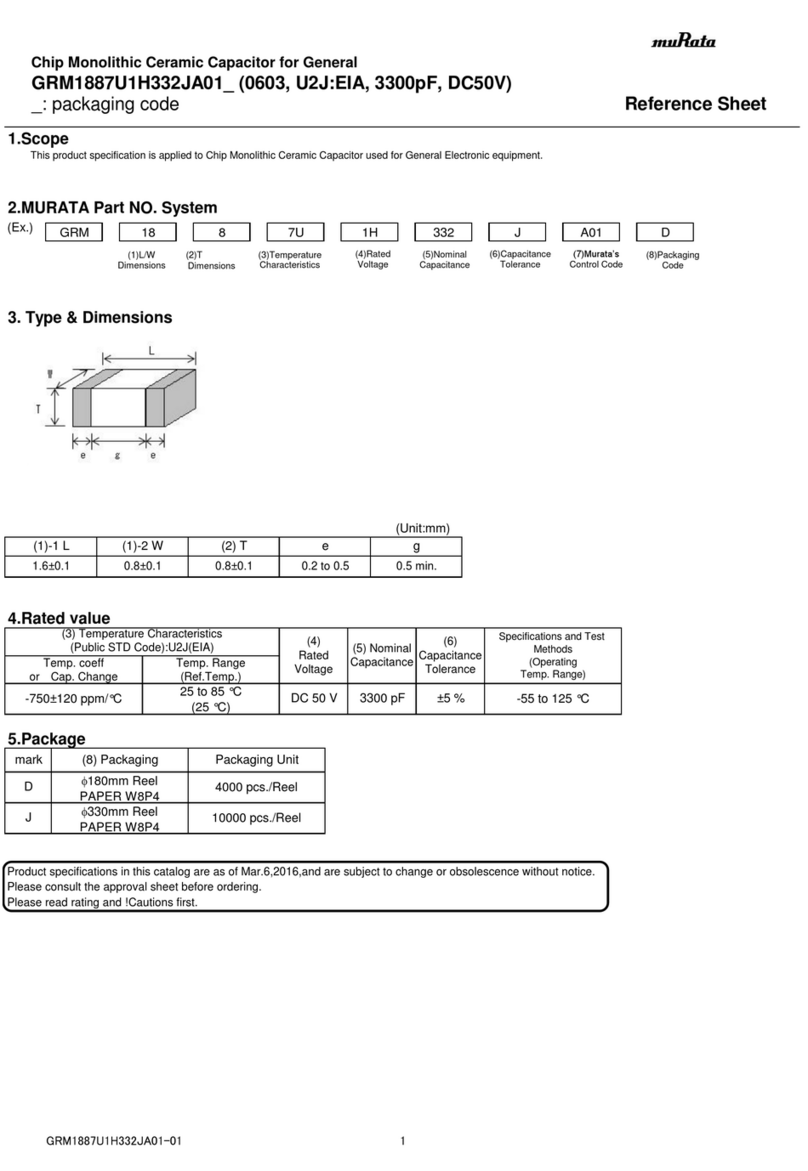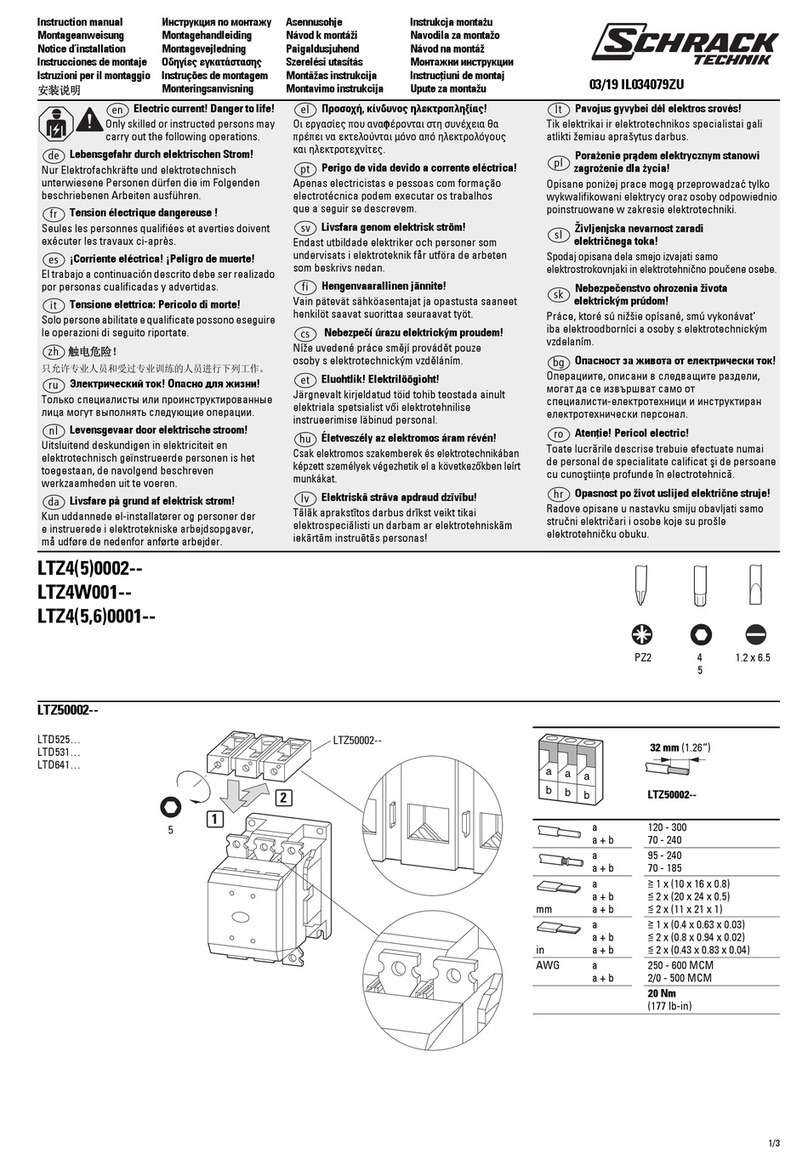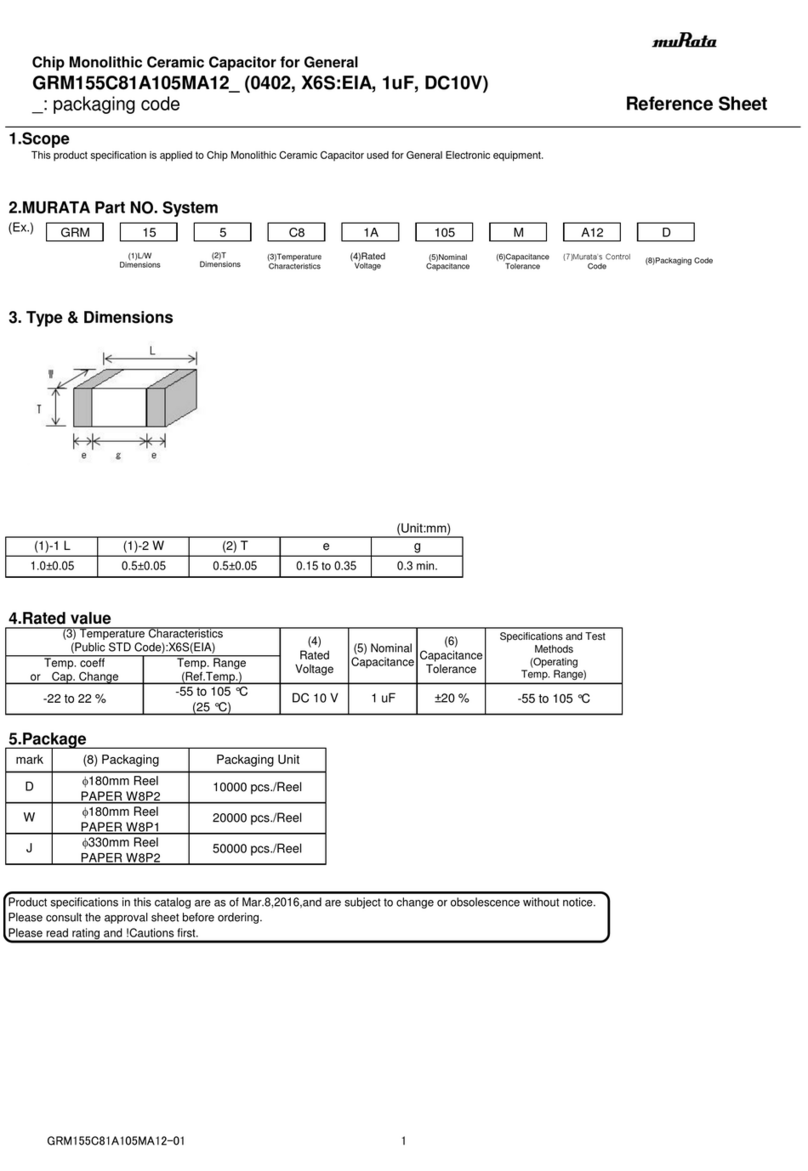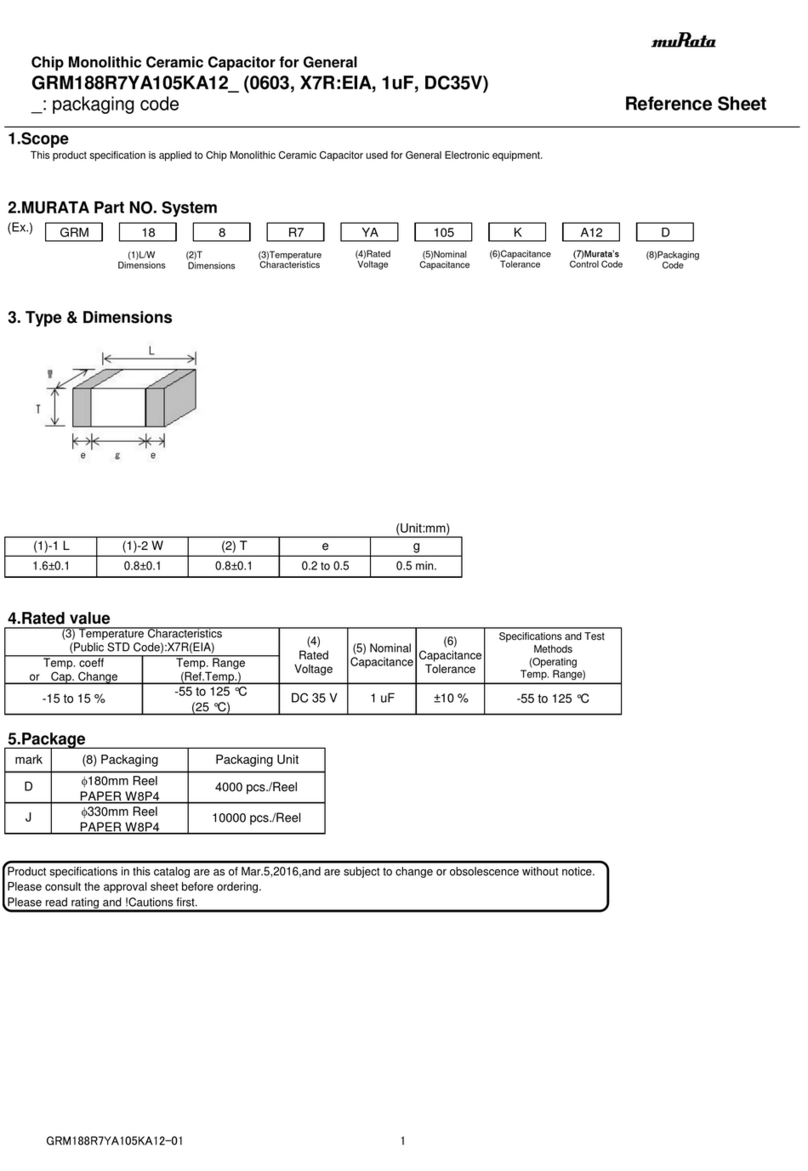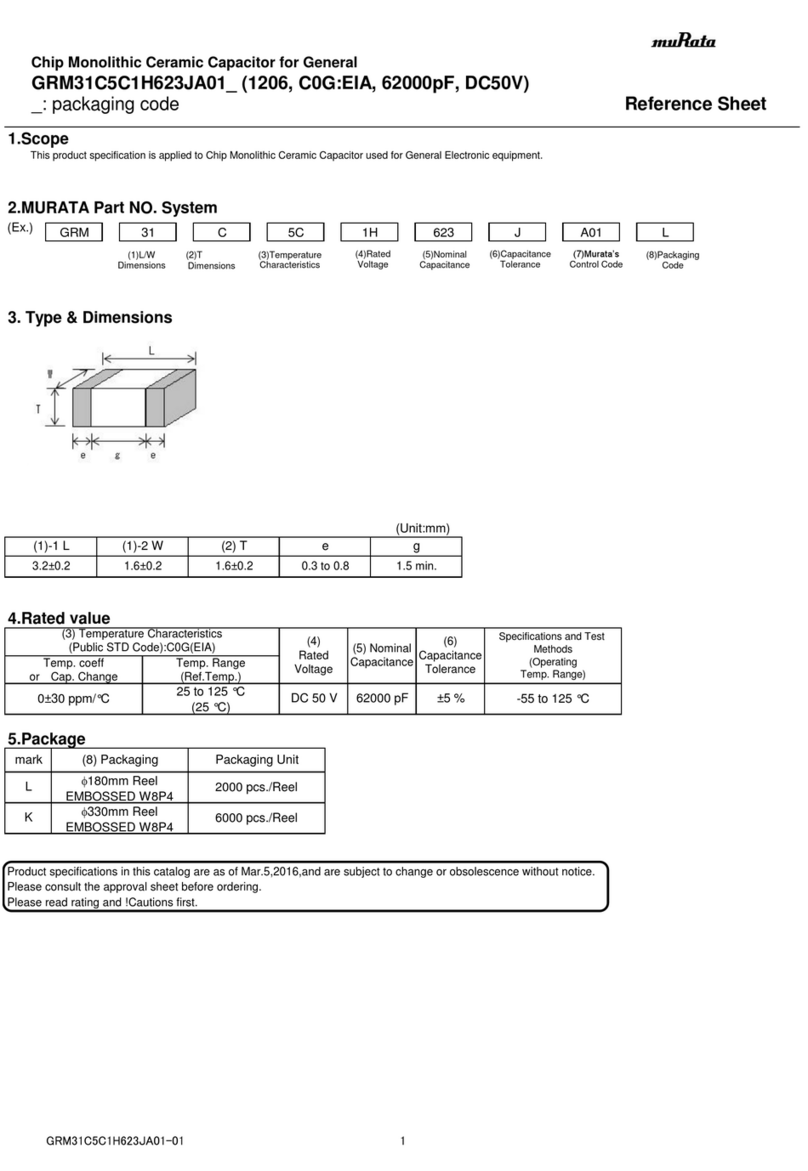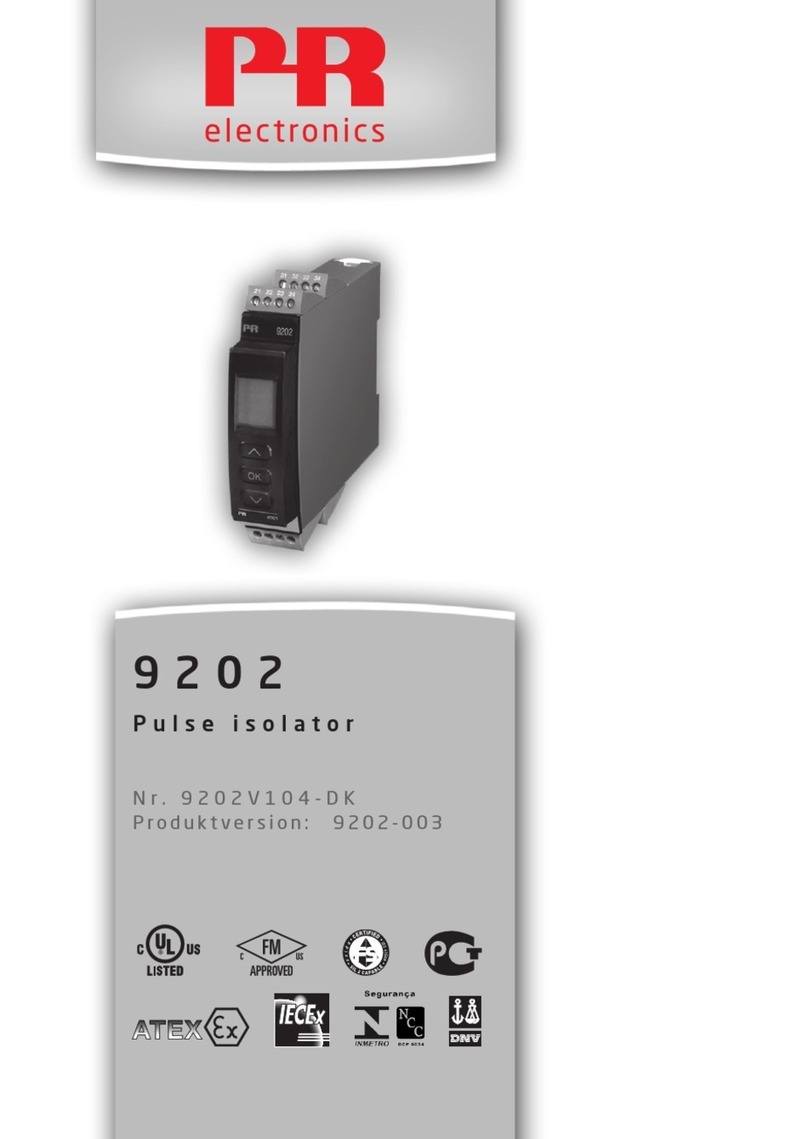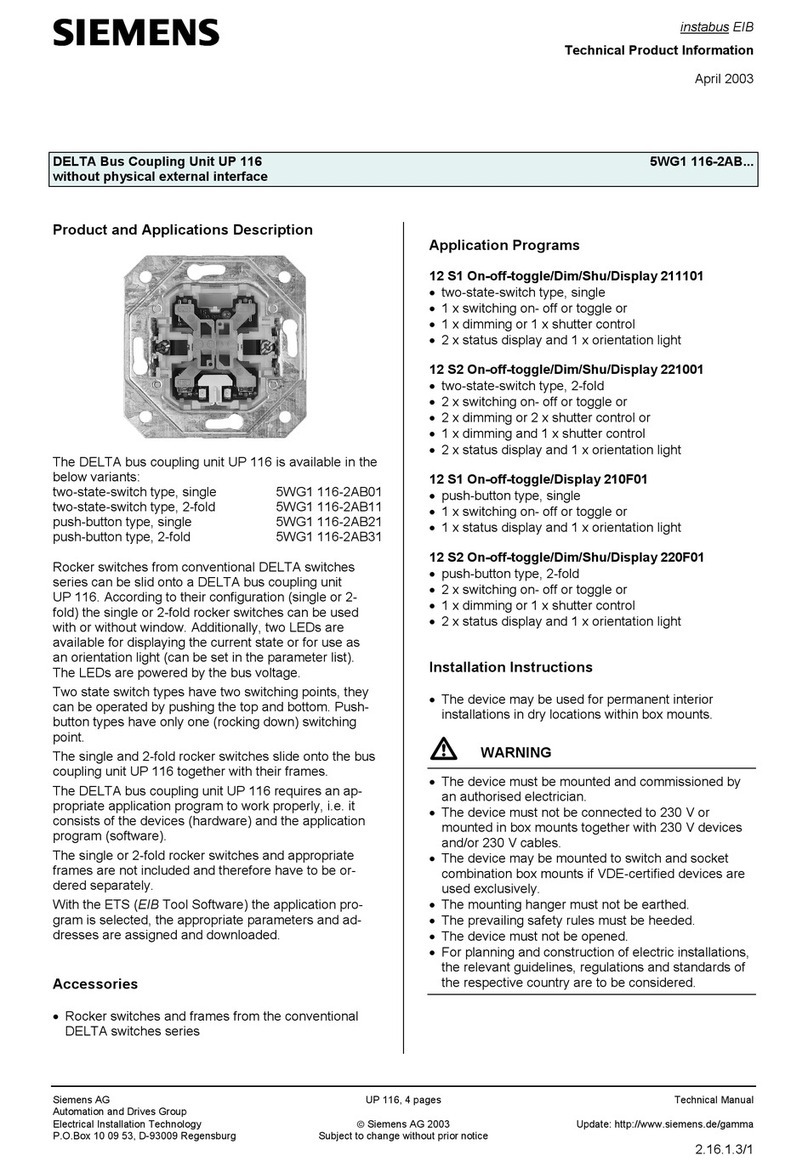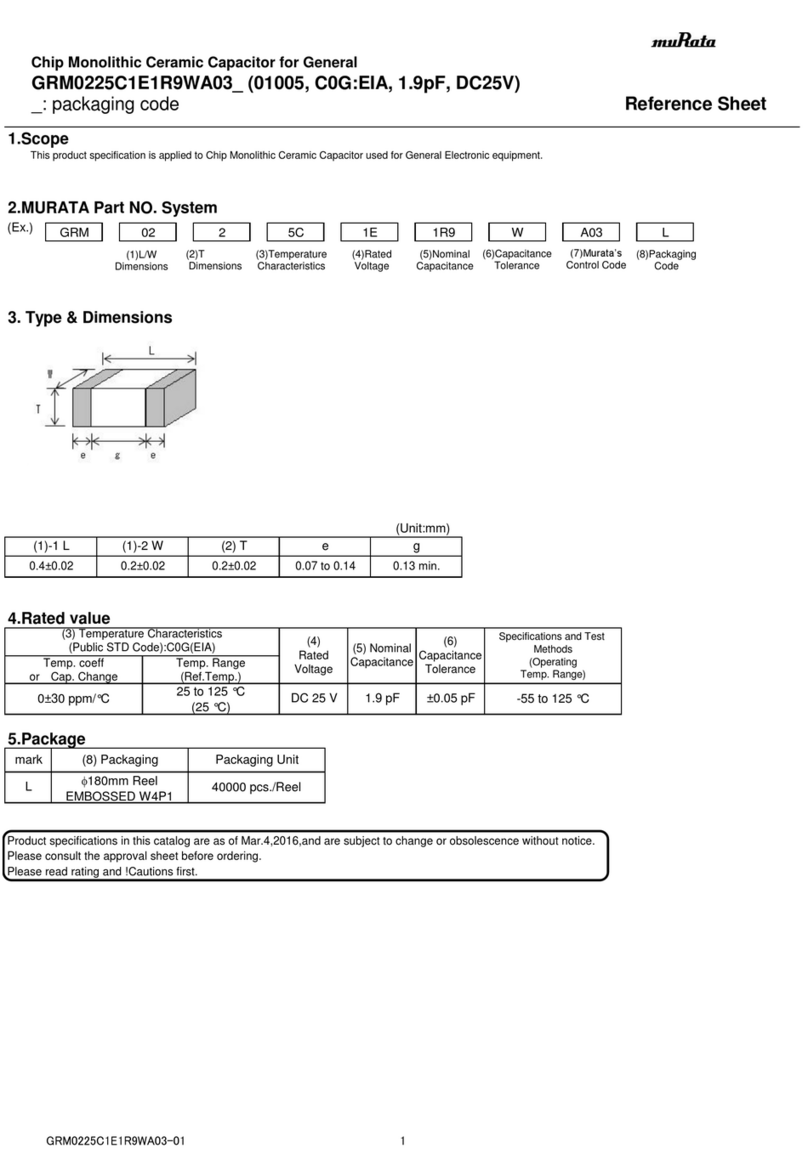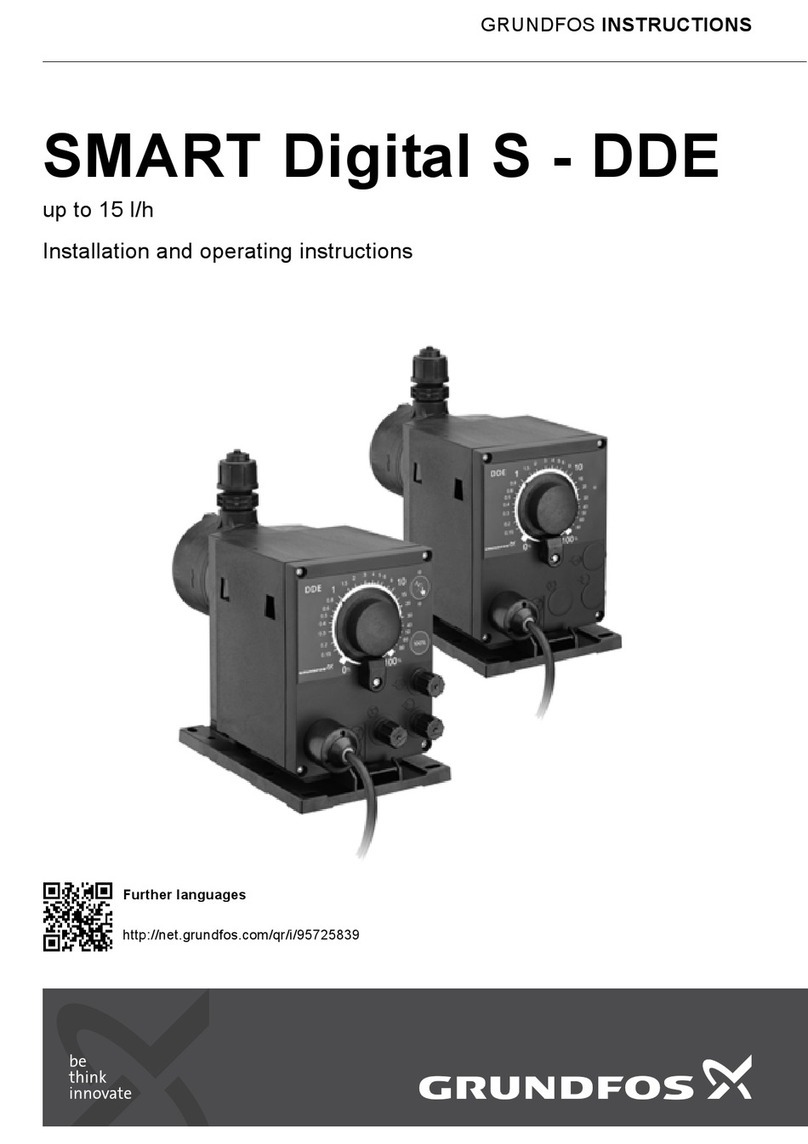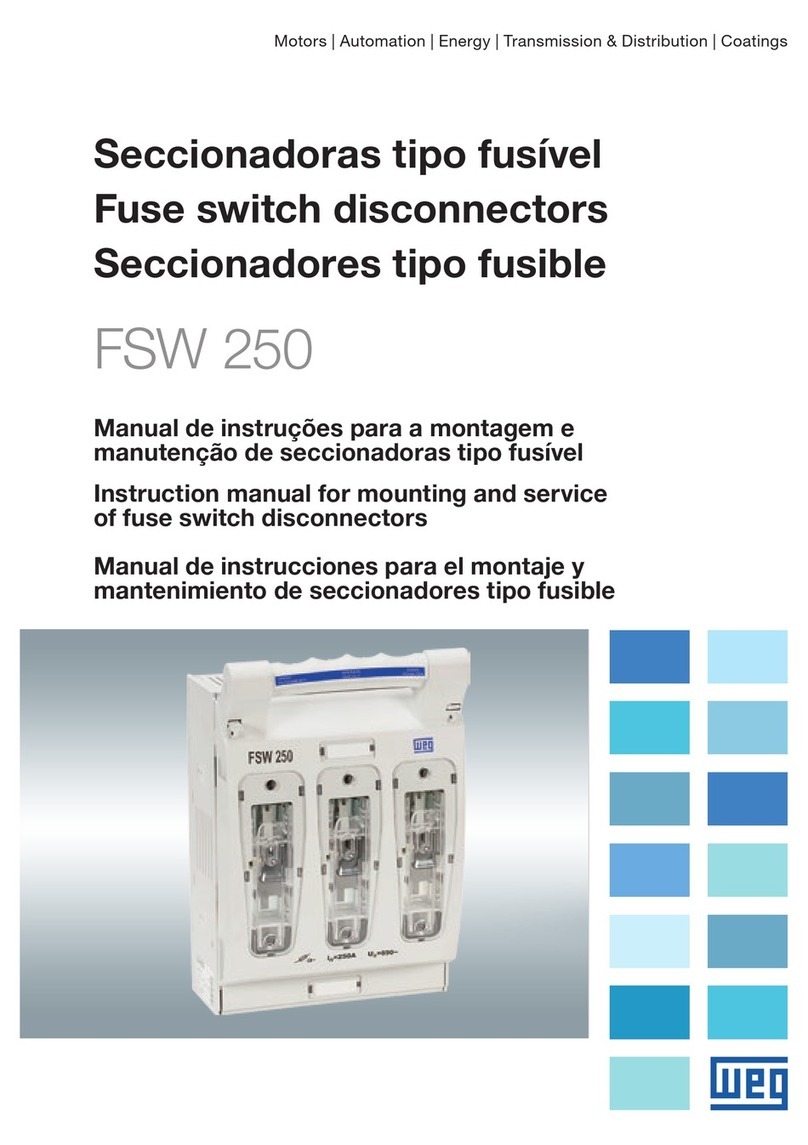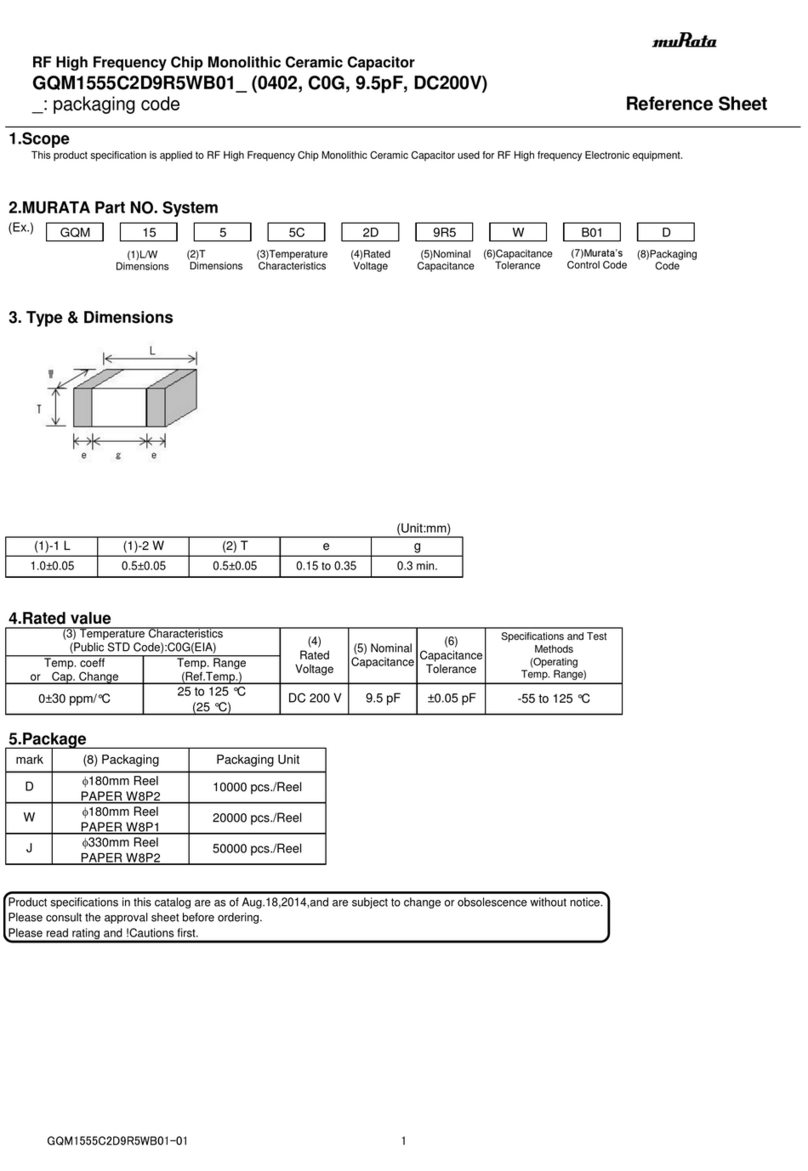CONTENT
1INTRODUCTION......................................................................................................... 3
1.1 Conformity ............................................................................................................ 3
1.2 Intended use......................................................................................................... 3
1.3 General safety information..................................................................................... 3
1.3.1 Photosensitive epilepsy....................................................................................3
1.3.2 Eye safety.......................................................................................................4
2GETTING STARTED................................................................................................... 4
2.1 Scope of delivery................................................................................................... 4
2.2 Commissioning...................................................................................................... 4
3OPERATING INSTRUCTIONS HARDWARE ............................................................... 5
3.1 Overview............................................................................................................... 5
3.2 Connecting the hardware....................................................................................... 5
3.3 Starting the system................................................................................................ 6
3.3.1 Calibration.......................................................................................................6
3.4 Continuous illumination.......................................................................................... 6
3.4.1 Power modes ..................................................................................................7
3.4.2 PWM (Pulse Width Modulation)........................................................................7
3.4.3 Setting the illumination level.............................................................................9
3.4.4 Intensity stabilization........................................................................................9
3.5 Flicker..................................................................................................................11
4ADDITIONAL INFORMATION....................................................................................13
4.1 Maintenance ........................................................................................................13
4.1.1 Fuse replacement..........................................................................................13
4.2 Storage and transport...........................................................................................14
4.3Disposal instructions.............................................................................................14
5TECHNICAL DATA SHEET........................................................................................14














